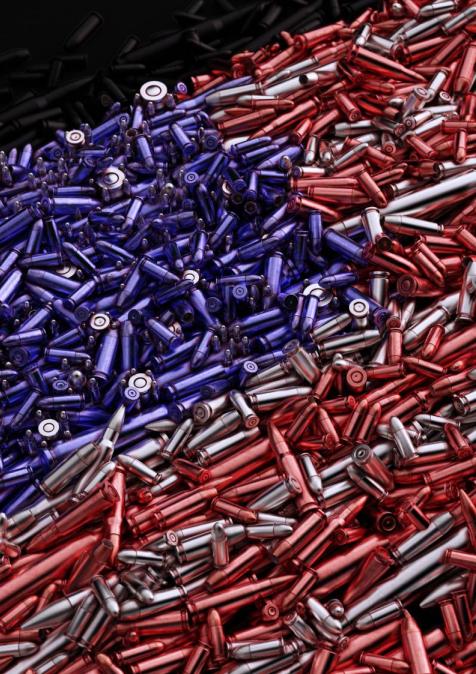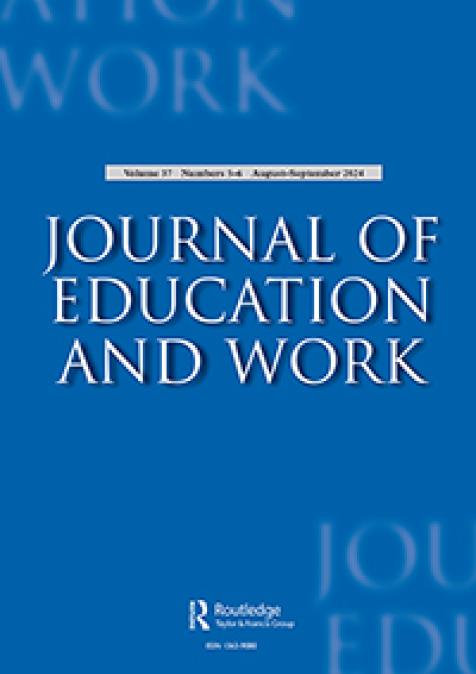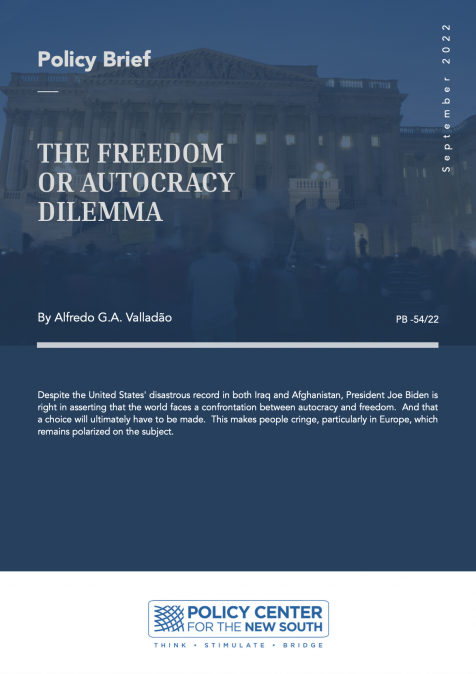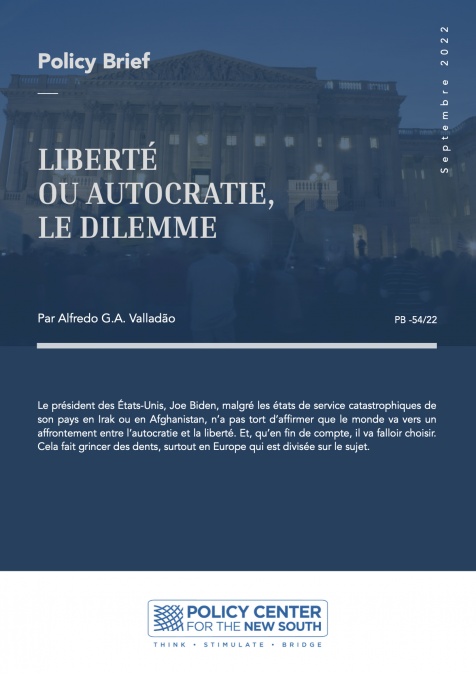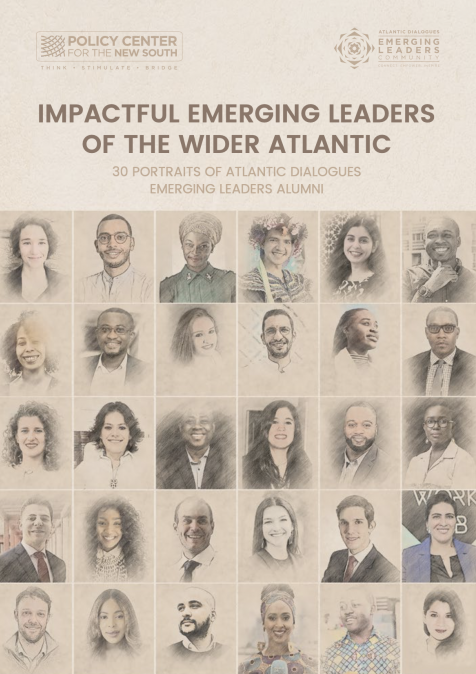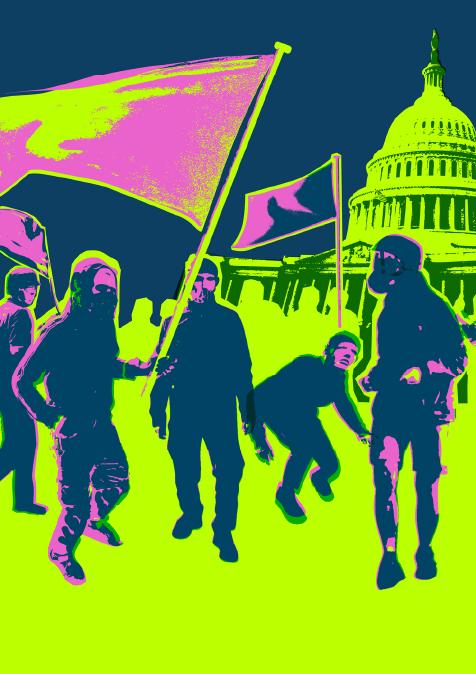Publications /
Opinion
On a mild August weekend night in 1995, there was no rain, just the oppressive humidity that always worried staff at Martin Luther King–Drew Hospital in Southeast Central Los Angeles. This part of town was ruled by gangs, they took to the streets, selling whatever the addicts demanded. Competition was fierce, and money dictated status, measured in the trophies of young dealers: a black BMW convertible or a VW Golf.
Dr. Joanne Williams, an emergency physician, prepared for "another night of pain, blood, and despair." She introduced me to an Army captain and surgeon assigned there to learn how to treat wounds like exploded stomachs and bullet-ripped lungs. Their first patient was a 17-year-old Latino gang member rushed in, hit by seven bullets. Joanne and the captain worked in silence, stabilizing him and describing the damage to surgeons waiting in the operating room. They ran out of the rare blood type the boy needed. He shook once, coughed, and died.
In Dr. Williams’s office, another red light flickered, and then another, signaling the arrival of new victims by ambulance. A hidden drink, another dose of whatever dulled the strain. All of this was unfolding in a hospital the locals called “Killer King,” known for its long history of mismanagement and tragedy.
The Los Angeles Times reported that twenty-nine people had been murdered in Southeast Central. Once again, the local press carried stories of horror gang members storming hospital rooms to finish off wounded rivals, leaving one dead, two others gravely injured. These scenes unfolded just a dozen or twenty miles from Rodeo Drive and Bel Air, where villas displayed “Armed Response” signs, warning would-be intruders that the owners were armed and ready to shoot ; or that their security guards might open fire with a machine gun. The contrast was stark: the same country, two Americas.
It may sound absurd, yet no federal law forbids an American citizen from keeping a tank on private property provided the gun is removed. In 1995, while I was researching a paper on gun violence, Los Angeles alone recorded 838 gun-related homicides, and “Killer King” reported in 2003 that it had treated 2,150 gunshot wounds and other life-threatening injuries.
Dr. Williams later sent me a letter saying that the stress had become unbearable and the human toll impossible to accept, she was ready to leave her job. Understandably so. The tide of violent death continues to haunt America, where firearms seem woven into the nation’s DNA. Since the days of the settlers, migrants from Ireland, Germany, and Italy, who seized the land of the proud Apache and Sioux, violence has been a constant companion: violence then, murder now.
Presidents have been assassinated, Abraham Lincoln, John F. Kennedy, along with judges and gang members. Last year, Donald Trump himself was twice the target of attempted assassinations, and only weeks ago, a right-wing activist and an ardent supporter of both Trump and the so-called Second Amendment Charlie Kirk; which since December 1791, grants U.S. citizens the right to bear arms; was shot and killed.
Before his death, Charlie Kirk had defended America’s gun culture, declaring “It’s worth it to accept, unfortunately, some gun deaths every year so that we can preserve the Second Amendment and protect our other God-given rights, that’s a fair price to pay,”
A single bullet struck the neck of right-wing activist Charlie Kirk, killing him instantly as he spoke with students at a university in Utah. The shot was fired by a 22-year-old white man whose family was steeped in gun and Trump culture: his father was a Trump supporter, a former sheriff, and a devoted gun enthusiast; even the grandmother admired Trump.
Trump and his Republican Party reacted with shock and anger, yet none of the mourners called for tighter gun control, despite the fact that firearms are now the leading cause of death among American children[1]. Even more disturbing, the alleged killer had been trained by his father to be an expert marksman.
The BBC noted on September 11, 2025, that the murder of the 31-year-old Trump supporter “lays bare America’s bloody and broken politics.” Margaret Sullivan of The Guardian called Charlie Kirk’s killing “a tragic marker of the indiscriminate nature of political violence,” adding that “the immediate reaction, mostly from the right, was disturbingly partisan, violent, and ugly.”
The National Rifle Association (NRA) made no pledge to support stricter gun laws. Instead, Donald Trump called for prayers, while his vice president and several cabinet members urged donations to Kirk’s widow.
As the BBC observed, violence breeds violence. The network warned that increasingly divisive rhetoric, fueled by social media echo chambers and the easy access to firearms, is creating raw nerves and a growing potential for bloodshed.
On December 17, 2024, the British broadcaster shocked its audience with a report, confirmed by the Gun Violence Archive, revealing that 488 mass shootings had already taken place that year, each involving the injury or death of at least four people. The BBC concluded grimly that it is difficult to see where American politics goes from here, but the trajectory is bleak. The total number of firearms circulating in the United States is estimated at 398.5 million, most of them handguns[2]. No other nation on Earth allows its private citizens to be so heavily armed.
Donald Trump’s political movement, the Republican Party, aligns with roughly 51 percent of Americans who refuse to trade stricter gun laws for greater safety. In many U.S. states, even teachers are legally permitted to carry firearms, sometimes openly, visible to their students. These laws vary across the country, but in Alaska, Idaho, and about thirty other states, teachers are authorized to shoot and kill an intruder[3].
One can only wonder why such widespread armament, including access to military-grade weapons, is not seen as madness. Instead, in the American mindset, guns remain tools of self-preservation, not instruments of destruction.
In the three decades since I wrote about Martin Luther King-Drew Hospital, itself temporarily closed for mismanagement, an estimated 500,000 Americans have died by firearm homicide or suicide, whether on family farms, in the poverty-stricken Bronx, down in Mississippi and Alabama, or a mile from the White House[4].
Those half-million deaths have left communities with deep anxieties, insecurity and fear. Half a million victims and perhaps a million since the end of the Second World War are numbers that strain comprehension. They are not abstract statistics: they are fathers, teachers, nurses and neighbors whose loss reverberates through ordinary life.
For perspective: in all the United States’ wars, from the Revolutionary War and the Civil War through Korea, Vietnam, Iraq and Afghanistan, American combat deaths total roughly 646,596. Those soldiers are honored at places like Arlington National Cemetery.
But who commemorates the history teacher gunned down near a car wash, the nurse killed on her walk by Lake Michigan, the countless unnamed victims of everyday violence?
Rhetoric and remedies collide in troubling ways. We could, the argument goes, fortify schools with tanks or line suburban gardens with machine-gun-toting security, or we can accept the reality that powerful lobbies shape policy. The National Rifle Association poured substantial donations into politics in 2023, roughly $27.4 million to members of Congress and allied campaigns, a flow of money that helps explain why many legislative doors remain closed.
[1] Rand Corporation, July 16, 2024.
[2] Consumer Shield, October 31, 2024.
[3] Campus Safety, August 6, 2025.
[4] . Firearm Violence 1993–2023, Bureau of Justice Statistics, November 2024.

